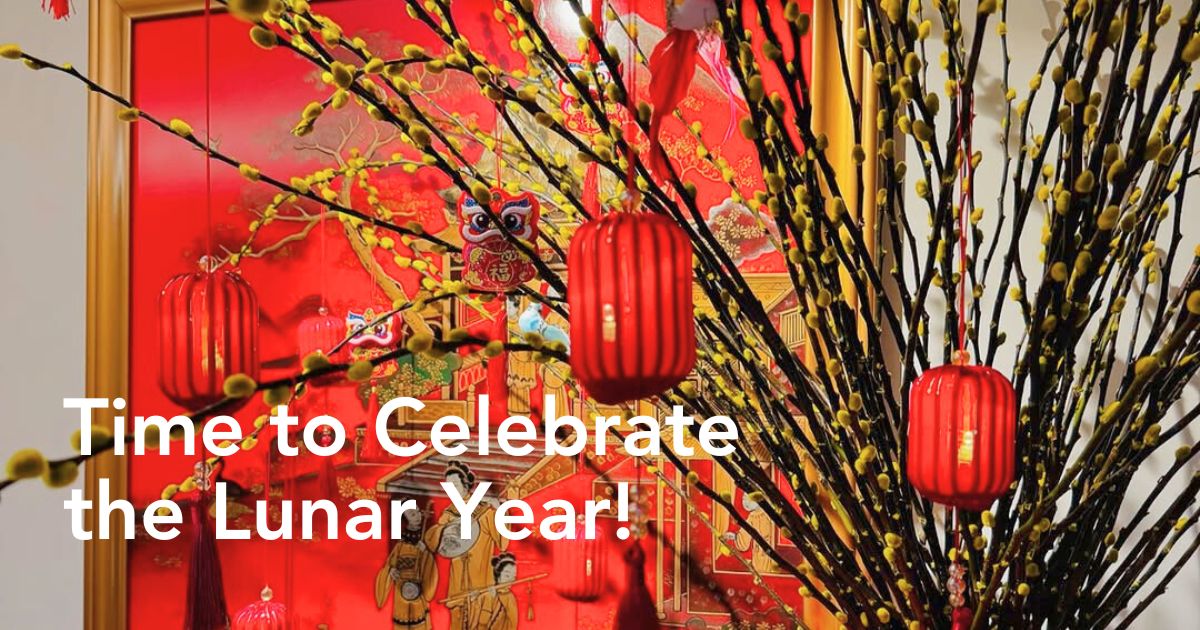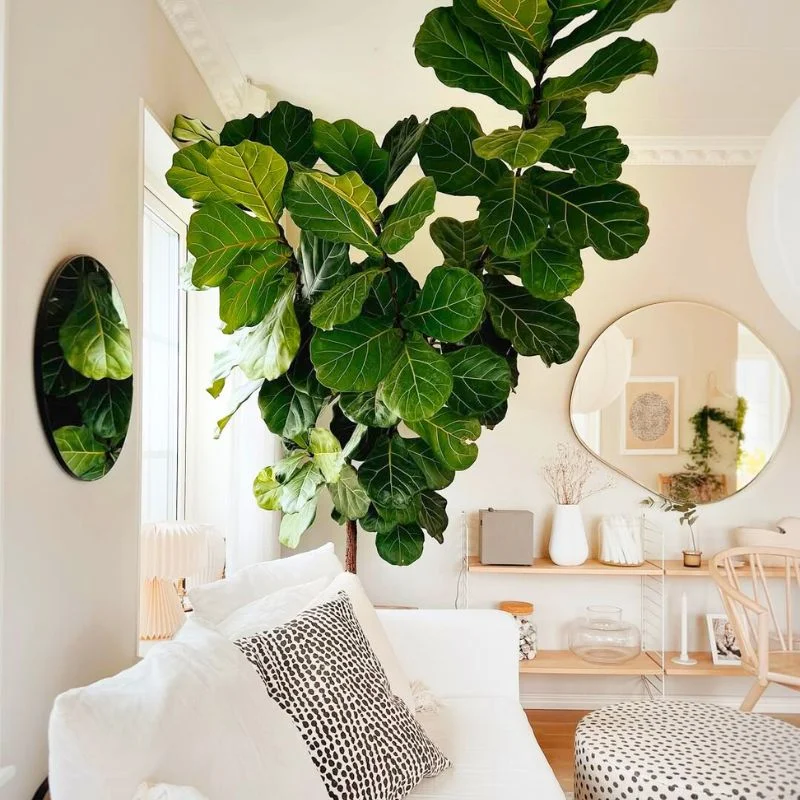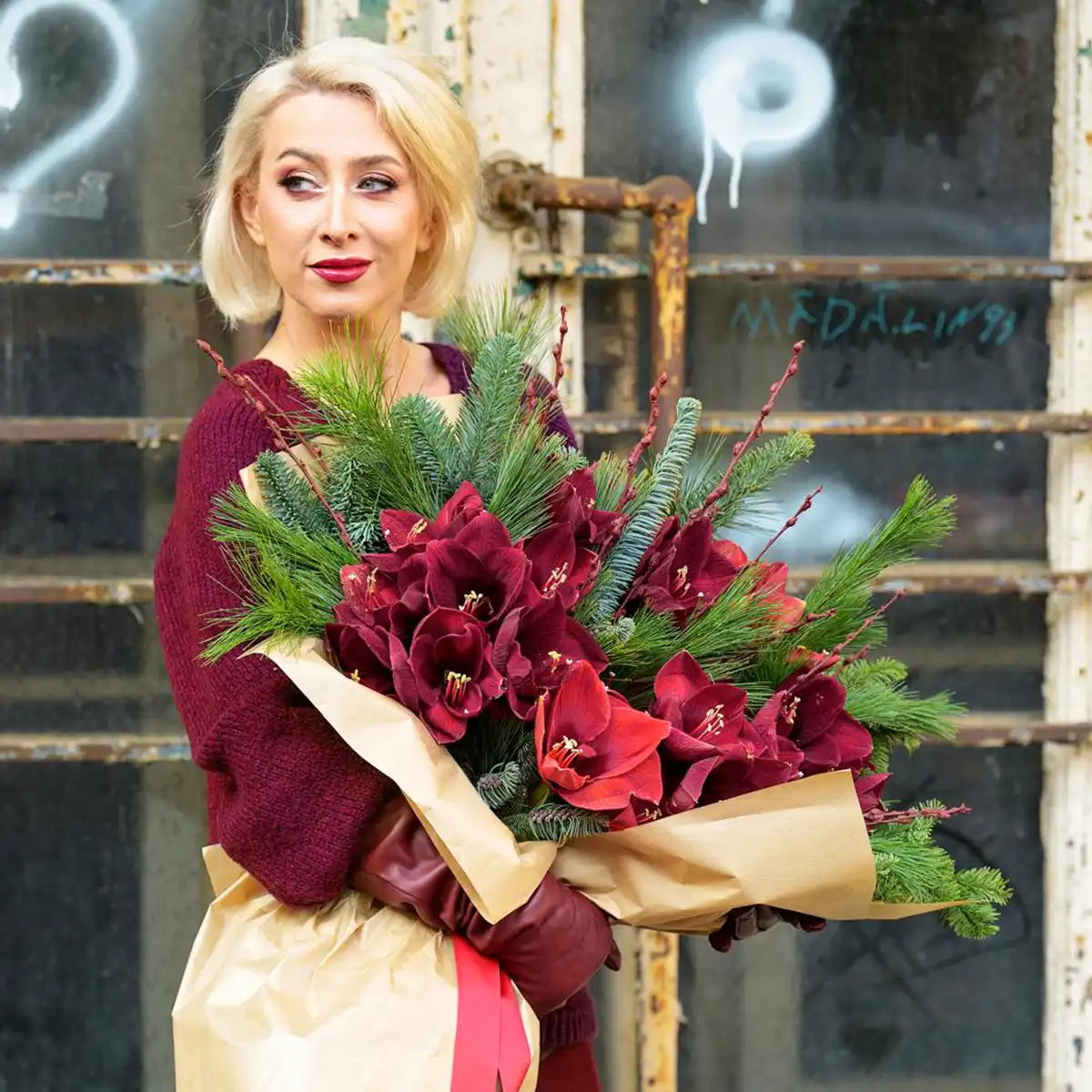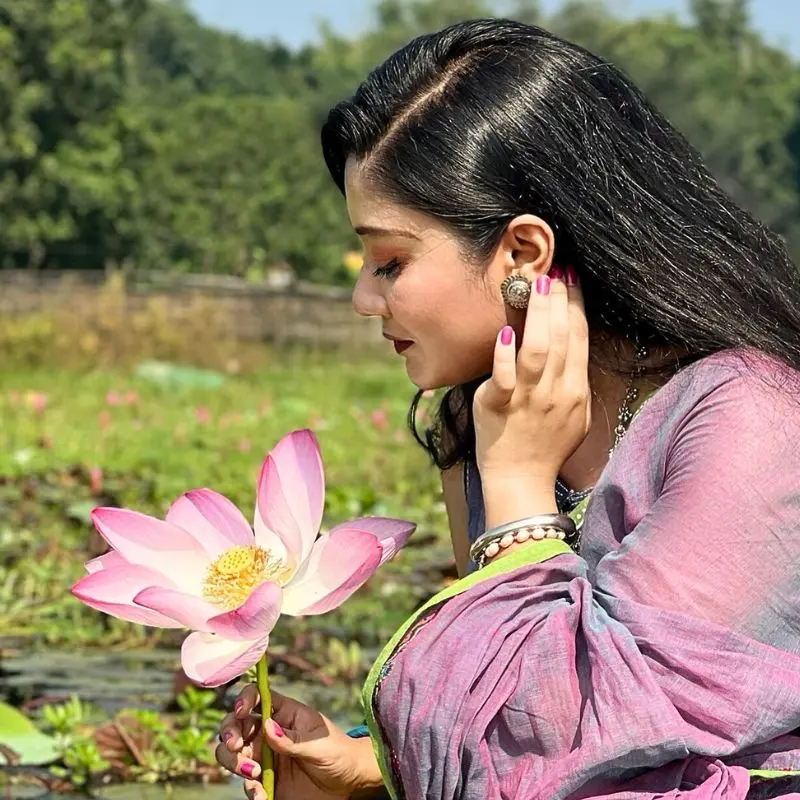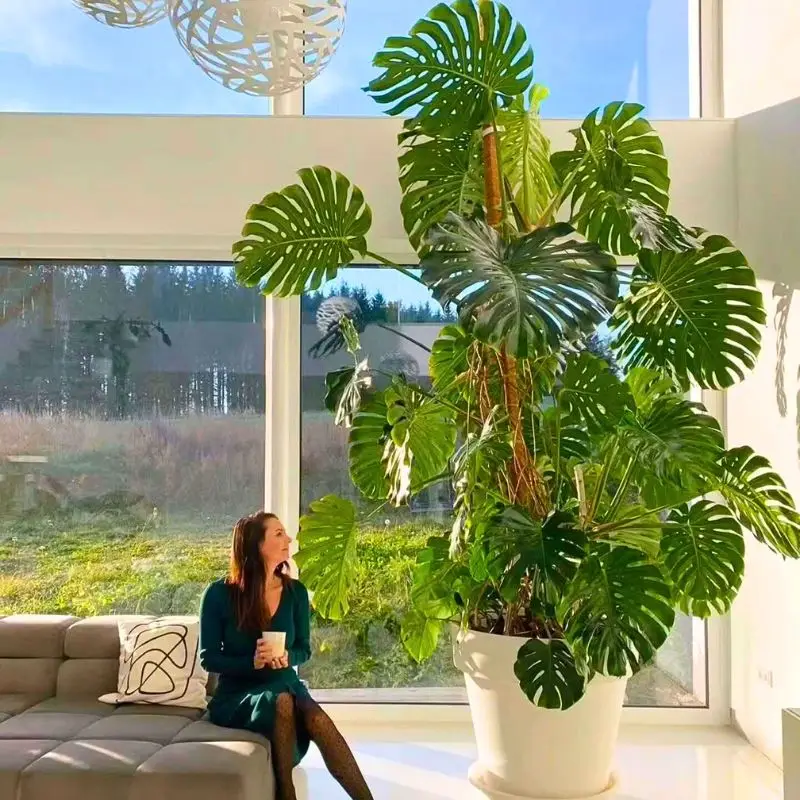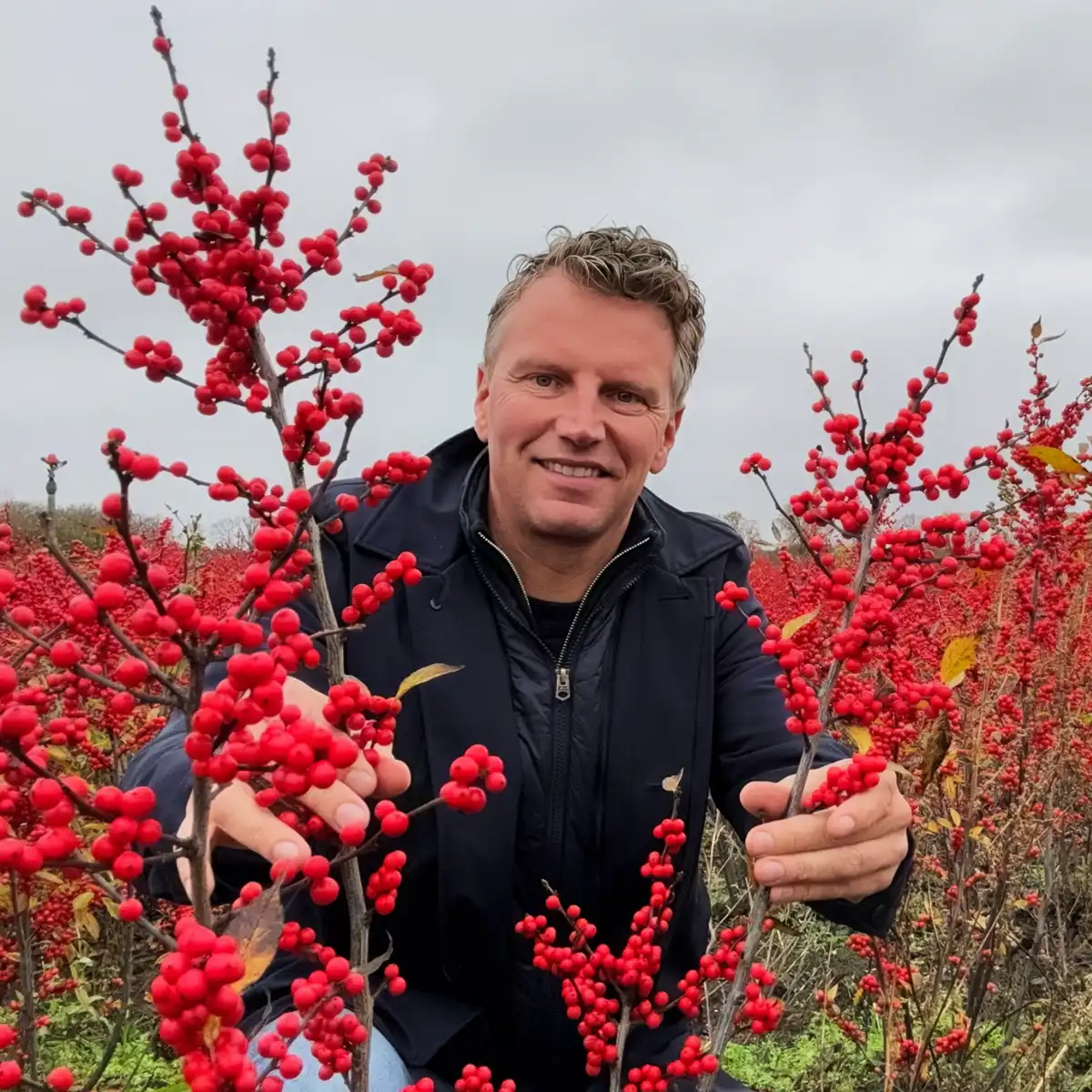Lucky bamboo, Chrysanthemums, orchids, and other auspicious plants, such as the Money Tree, and Golden Pothos — amongst others— are used to decorate homes during the Lunar New Year, signifying prosperity and wealth. These traditional Chinese plants are thought to bring benefits and represent the symbols of the Zodiac. They are crucial in bringing luck and rejuvenation to the New Year because of their phonetic auspiciousness and deep cultural importance.
A Floral Mantra at Chinese New Year - Flowers That Bring Wealth
In Chinese New Year celebrations, flowers like peonies and Kumquat trees are more than mere decorations. Embodying the saying 'Huā kāi fùguì' (花開富貴) - 'blossom flowers bring wealth', these plants symbolize prosperity and success. Selected for their feng shui meanings, they attract positive energy and fortune. Integrating these flowers and plants into your 'New Year' decor connects with nature's rhythms and fortifies the Lunar New Year's theme of prosperity and good luck. Do you know what colors represent this special time of the year in China?
The main colors that symbolize the Chinese New Year are red, gold, and yellow, each with significant cultural meanings:
Red represents luck, joy, and happiness. It is the most prominent color during Chinese New Year and is believed to ward off evil spirits and bad fortune. Gold symbolizes wealth, prosperity, and success. Gold decorations are often paired with red to amplify the auspiciousness of the celebrations. Lastly, yellow is associated with royalty and power in Chinese culture. It represents stability and is often used in traditional decorations.
1. Chrysanthemums - Yellow, Red, and Gold Colors of Prosperity
Chrysanthemums, the key flower to Chinese New Year celebrations, symbolize wealth and longevity. Their yellow, golden petals attract prosperity, while deep and bright red variants, esteemed in Chinese culture, denote good fortune and nobility, warding off bad energies and spirits. These flowers, commonly used in traditional Chinese medicine and teas, are believed to represent health, well-being, and prosperity during the Lunar New Year celebrations.
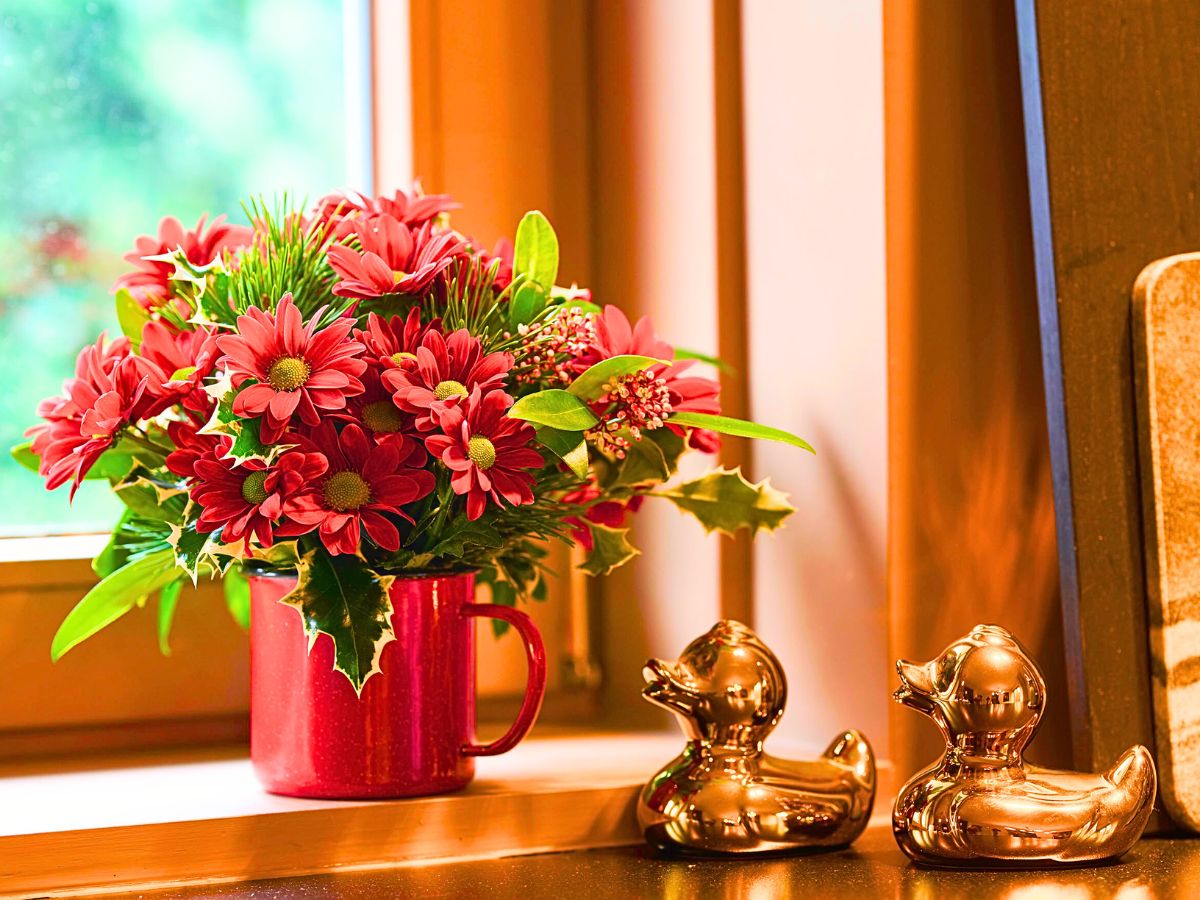
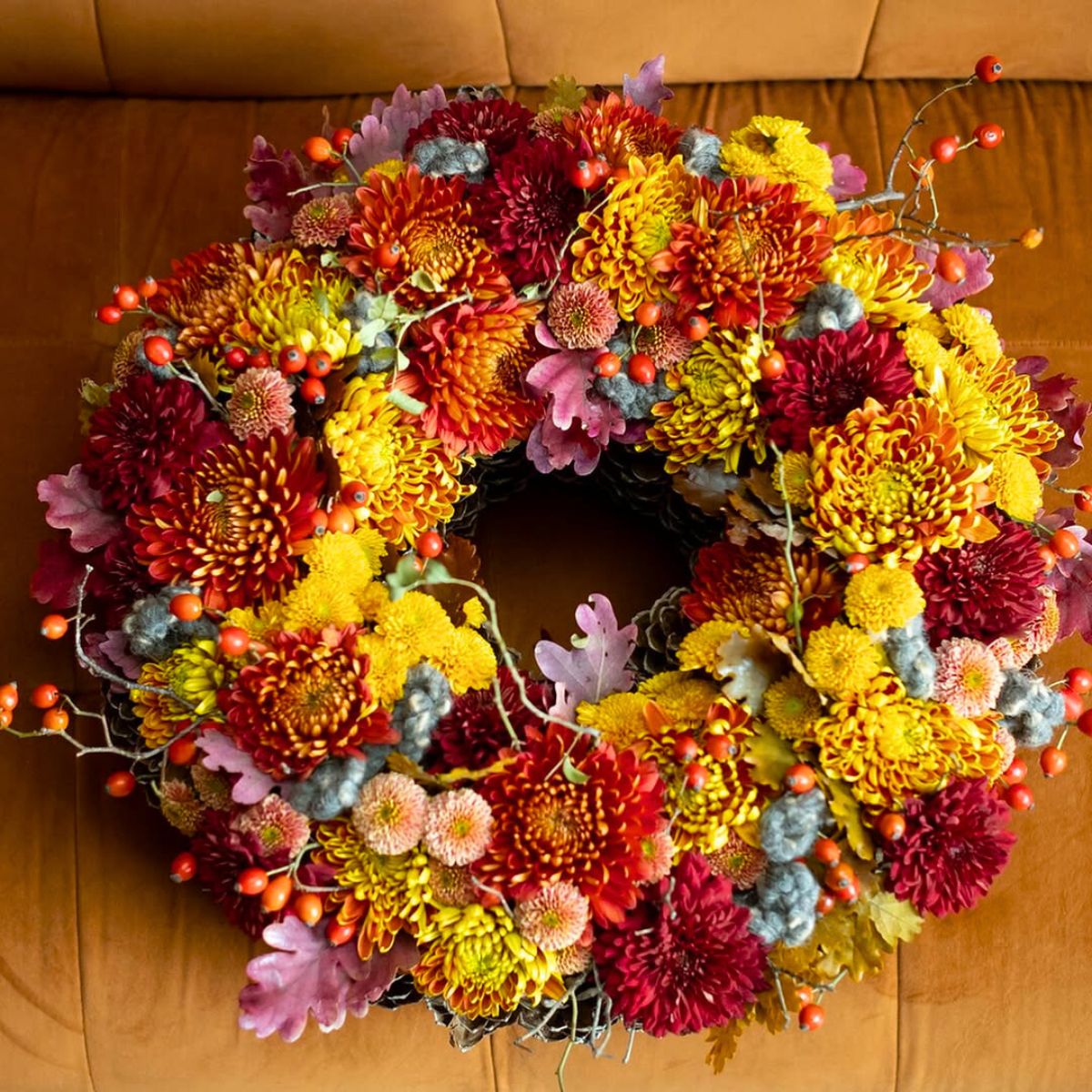
Photo and design by Krisztian Kover
2. Flamingo Lily or Anthurium - Red Flowers of Wealth
With its striking red blossoms, the 'Flamingo Lily' is a cherished Chinese New Year flower symbolizing wealth, joy, and good fortune. In Chinese tradition, its red color repels evil spirits and draws positive energy. This flower, known for its air-purifying abilities, enhances household well-being and aligns with feng shui. Its heart-shaped petals represent love and compassion, making the Anthurium a symbol of prosperity and positive relationships during the Chinese New Year.
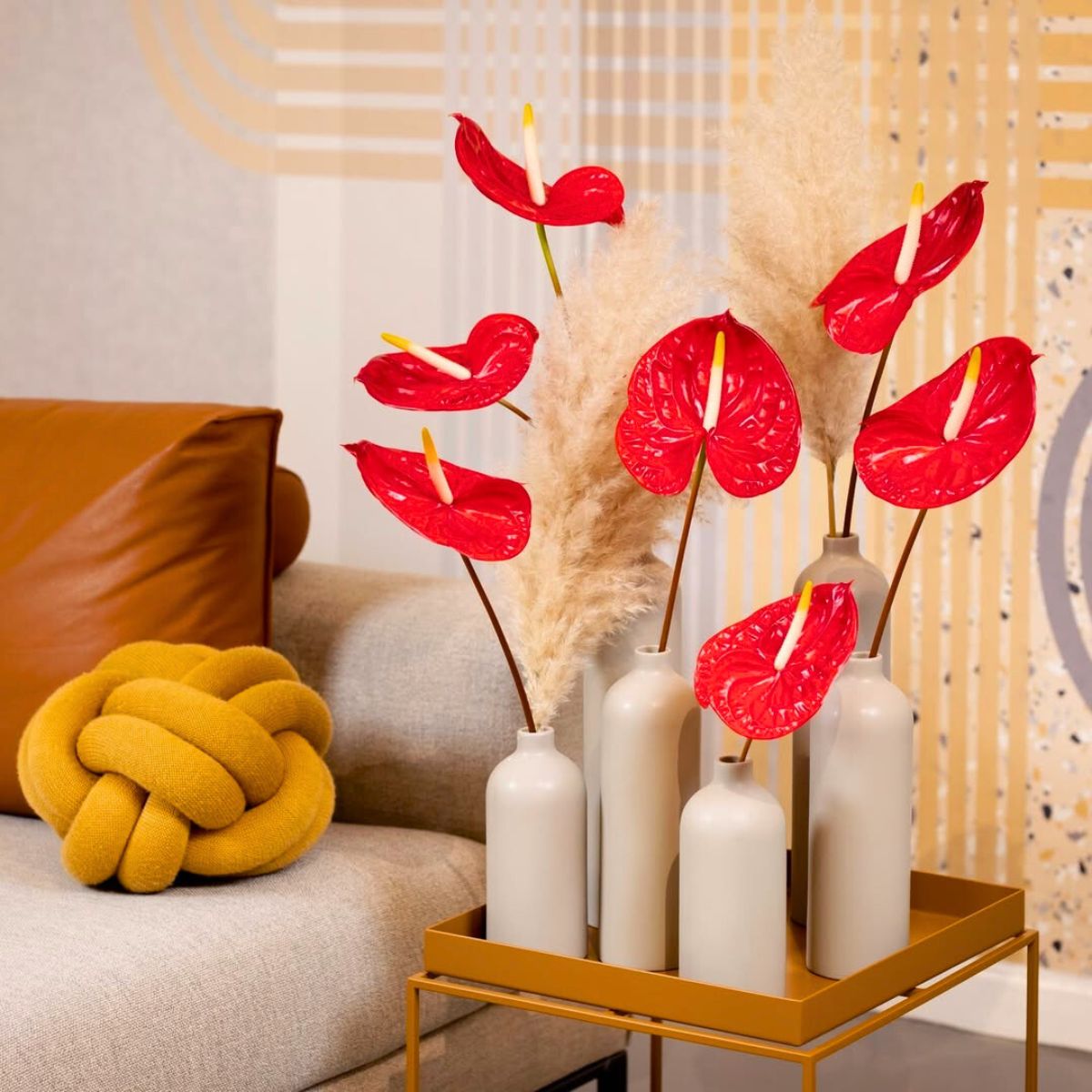
Photo: Anthura
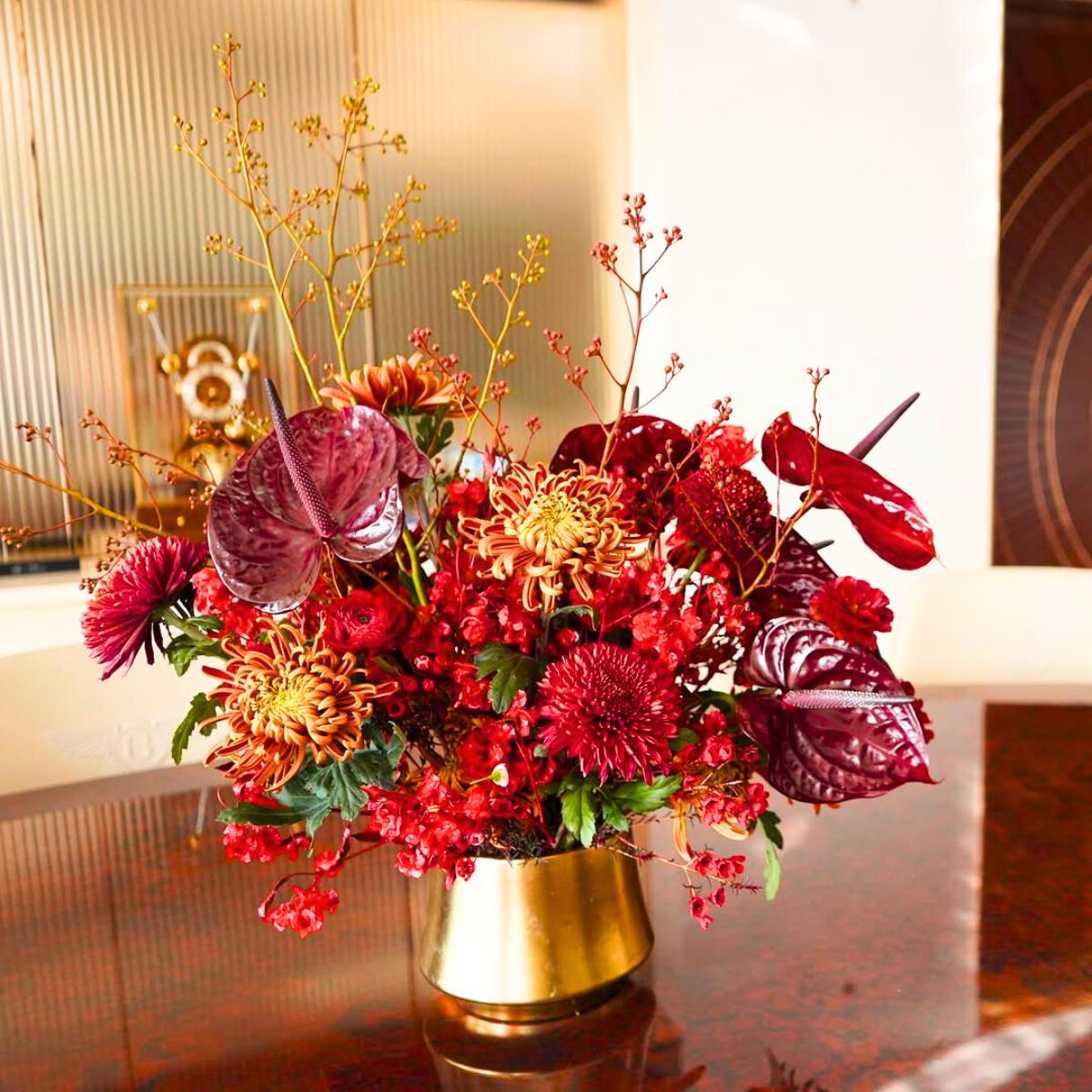
Photo: @dearadonai.florist
3. Peonies - A Symbol of Prosperity and Honor for Chinese New Year
Peonies are known as a national symbol of China and are a sign of wealth, prosperity, beauty, and charm. Also considered the 'flower of riches and honor, red and pink peonies are particularly lucky within Chinese tradition any time of year. Historically, peonies were grown and enjoyed by Chinese emperors and other important people. They decorated peonies in their grand homes and planted them in royal gardens.
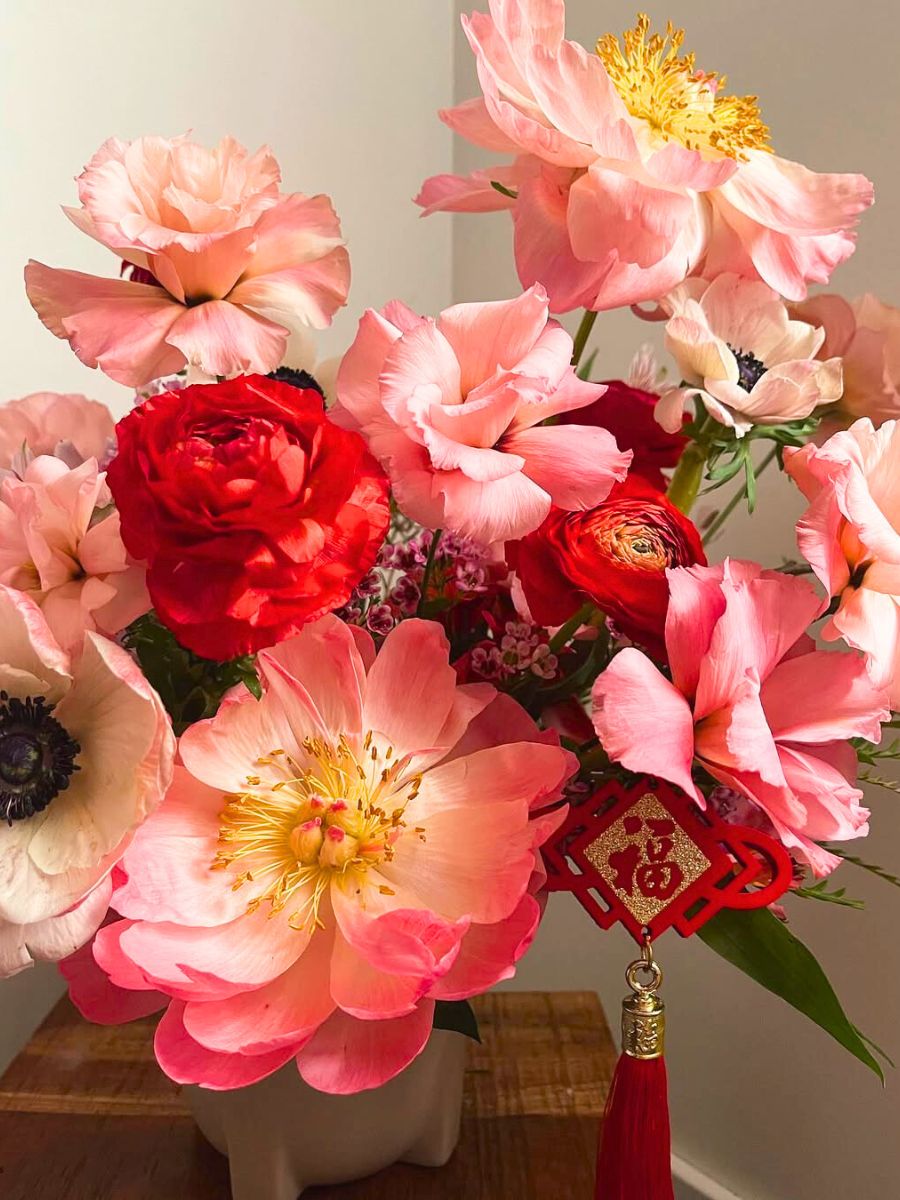

4. Red Cymbidiums - Elegant Flowers Linked to Success and Fortune
Red Cymbidiums, or 'boat orchids', are a potent symbol of success and fortune in Chinese culture during the Lunar New Year. Their auspicious red and golden tones signify happiness, wealth, and royalty. Known for their elegant petals and feng shui significance in bringing balance, these orchids blend beauty with cultural richness, making them a celebrated choice for Lunar New Year decorations.
For quality Cymbidiums, you might check the vast assortment of Decorum Plants & Flowers.
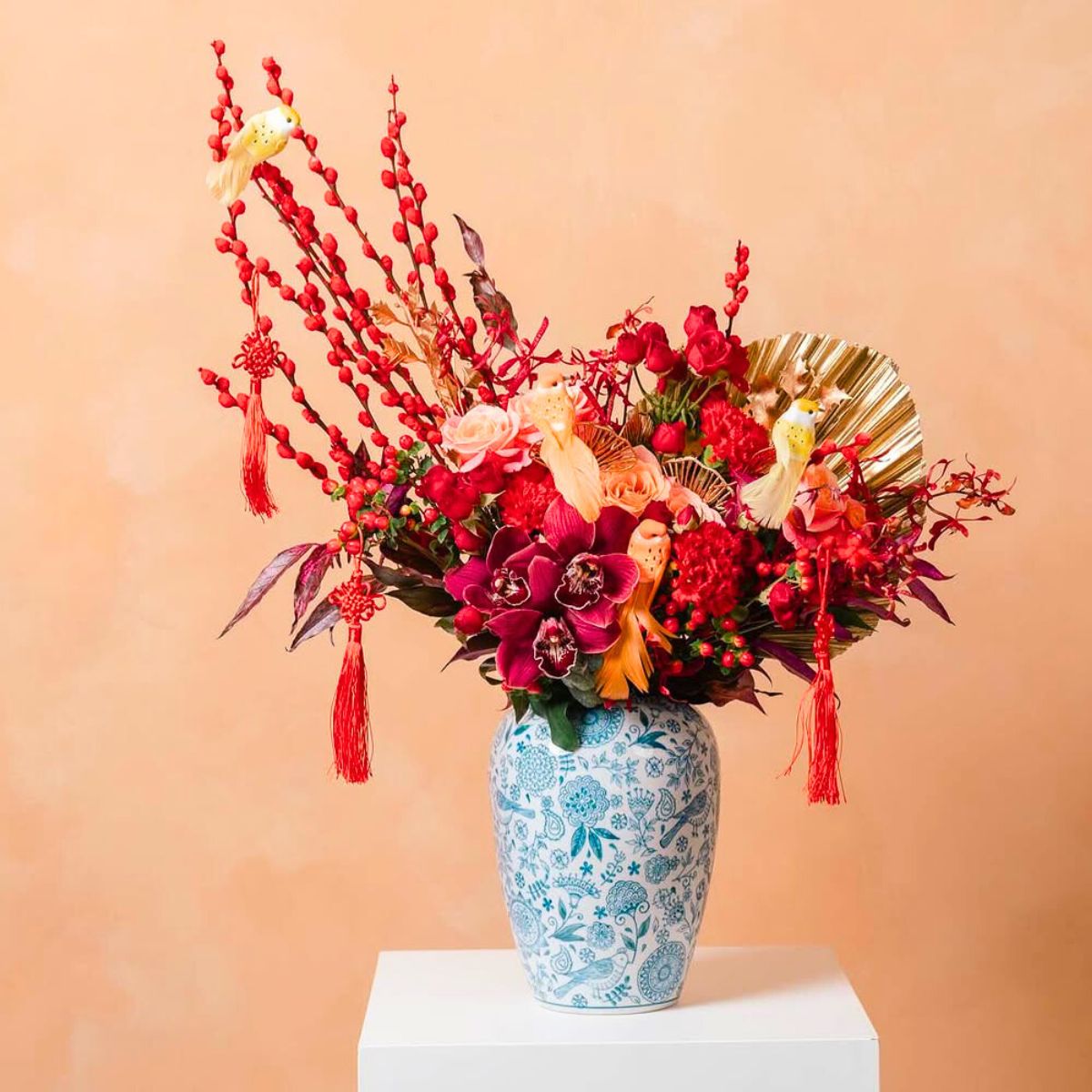
Photo: @petitefleur_sg
5. Celebrating New Beginnings With the Lotus Flower
The lotus flower is a recurring Lunar New Year motif. One popular folk image, for instance, shows a chubby child holding an enormous carp in his arms surrounded by one or more lotus flowers in various stages of opening. In another version of this image, a pair of children and carp are depicted to underscore the message.
The picture expresses a wish for abundance year after year. This is because the fish is associated with bounty and the flowering lotus is emblematic of continuity; thus, the lotus stands for the promise of continuous abundance. Other designs may depict crabs or cranes in combination with lotus flowers, which represent the ideal of peace and harmony.
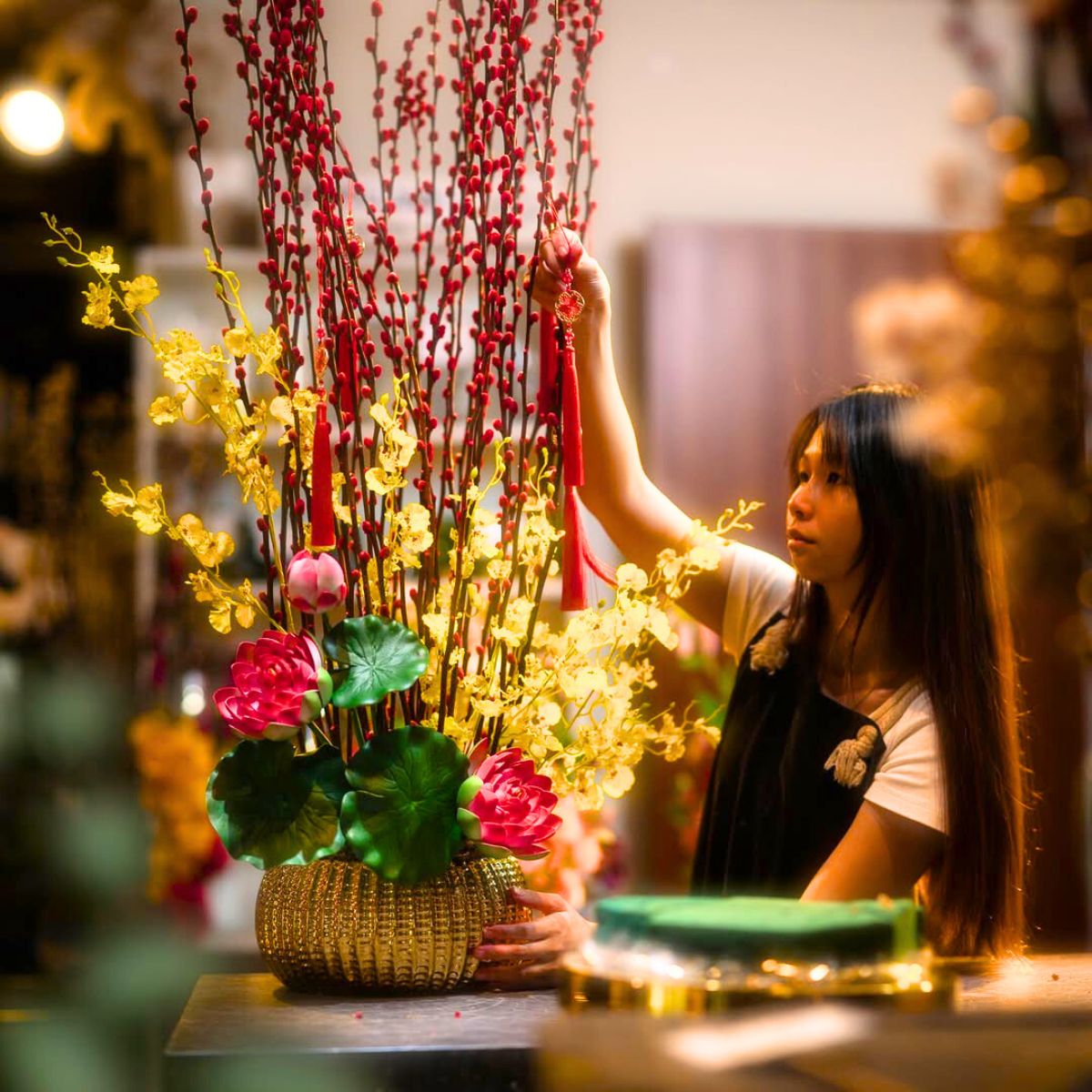
Photo: beatofiore
6. Plum Blossoms to Celebrate the Lunar Year
To the Chinese, plum blossoms known as 'Meihua', symbolize courage, perseverance, and reliability – which are essential traits to succeed in life. Because of its beauty and significance during the festive celebrations, it is common in Chinese cultural arts like paintings and poetry.
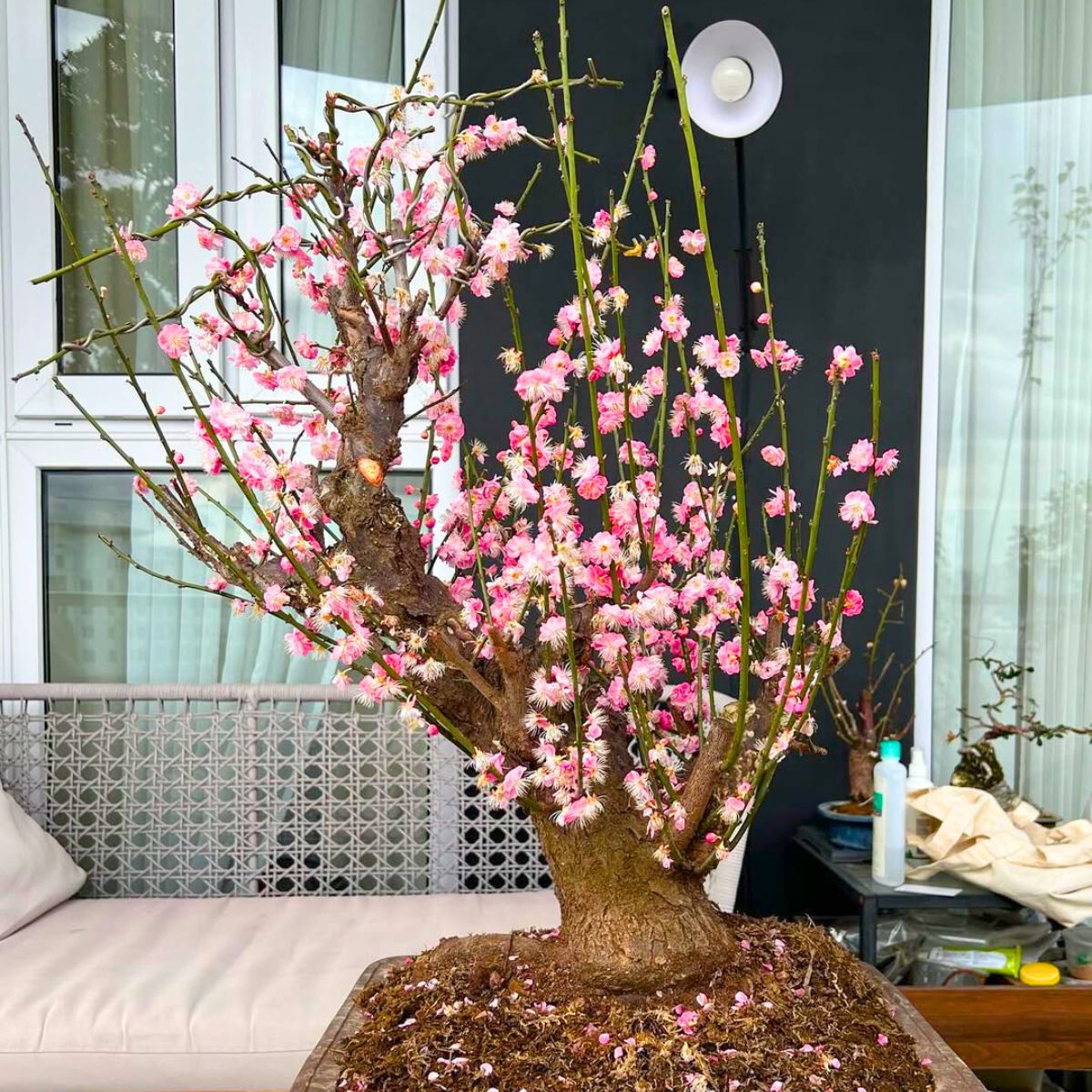
Photo: @entrari
Bringing Luck to Life - The Power of Plants for Chinese New Year
Plants play a significant role in Chinese New Year celebrations, symbolizing prosperity, health, and good fortune for the year ahead. Each plant carries its own unique meaning, from inviting wealth to fostering harmony in the home. As families prepare to welcome the new lunar year, these green companions become cherished decorations, adding natural beauty and cultural significance to the festivities. Let’s explore some of the most meaningful plants that bring blessings during this vibrant celebration.
1. Jade Plant -The Emerald Emblem of Prosperity
The jade plant, scientifically known as 'Crassula ovata', symbolizes financial stability in Chinese culture, particularly during Chinese New Year. Its jade-like green leaves are believed to attract economic energy in feng shui. The plant's resilience, representing enduring wealth, is ideal for enhancing wealth corners in homes and offices. Its placement in the southeast part of the space stimulates growth in financial endeavors.
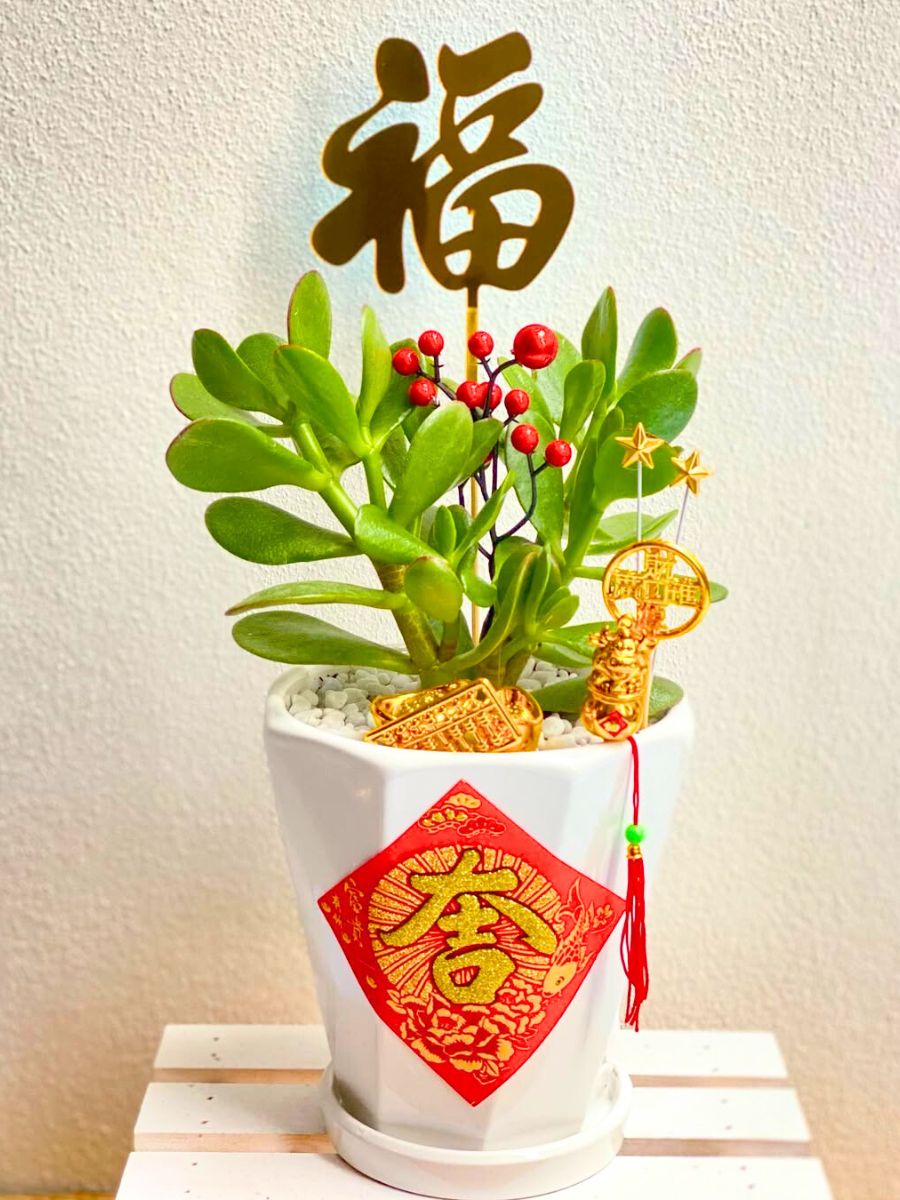
Photo: @hijau.gift
2. Money Plant - The Feng Shui Plant of Good Luck
The money plant, or 'Devil's Ivy', is a feng shui symbol of prosperity. Its heart-shaped leaves represent wealth and growth. Known for its air-purifying qualities and adaptability in various environments, it signifies flourishing wealth. The plant's ability to soften sharp corners in homes reduces negative energy. Easy to maintain, it's ideal for inviting prosperity during Chinese New Year and is suitable for both seasoned and novice gardeners.
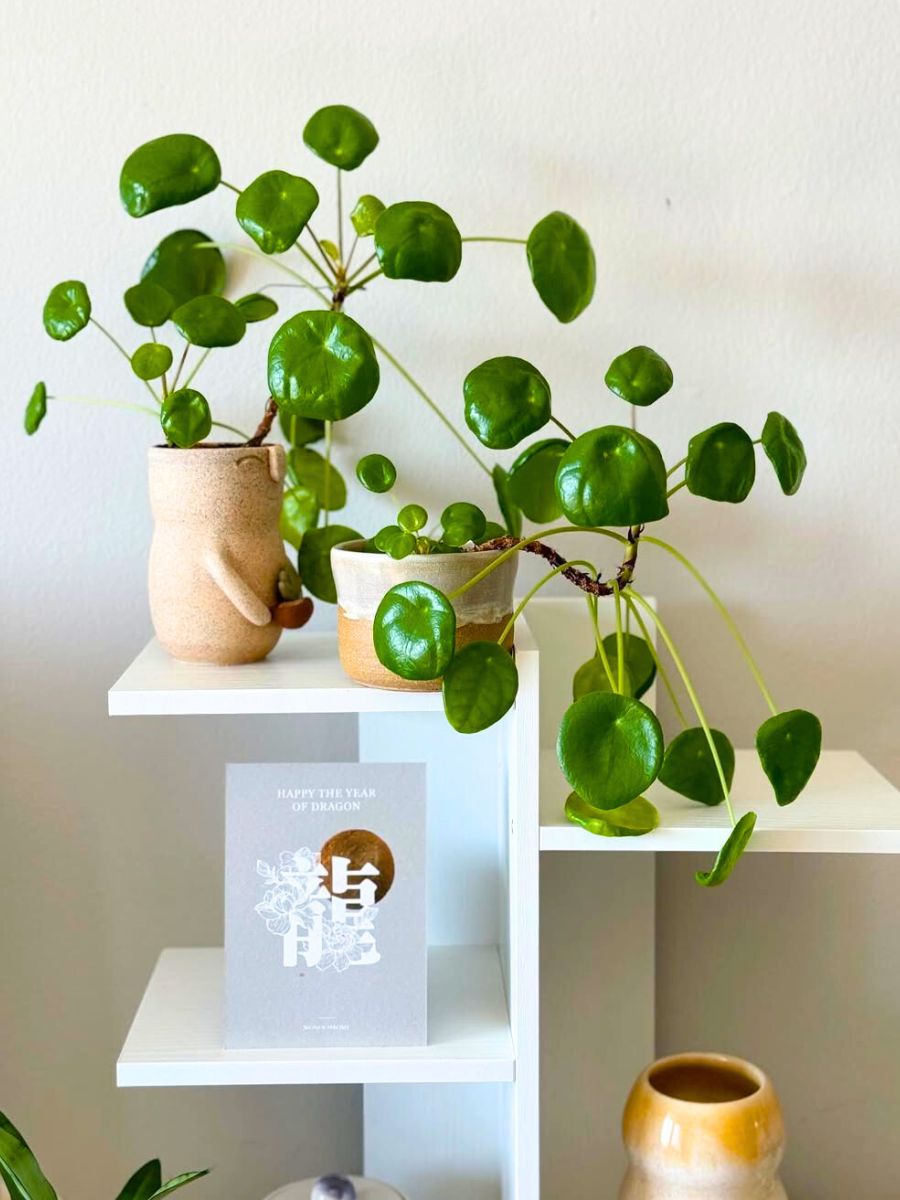
3. Lucky Bamboo - The Spiral Symbol of Strength
Lucky bamboo, or 'Dracaena sanderiana', symbolizes strength, flexibility, and resilience in Chinese culture. Though not actual bamboo, it's a lily family member, often formed into spirals. The number of stalks in an arrangement signifies different meanings, such as love or prosperity. It's integral in feng shui for harmonizing elements, with its placement influencing fortune and well-being. The water it grows in represents purity and ongoing positive energy.
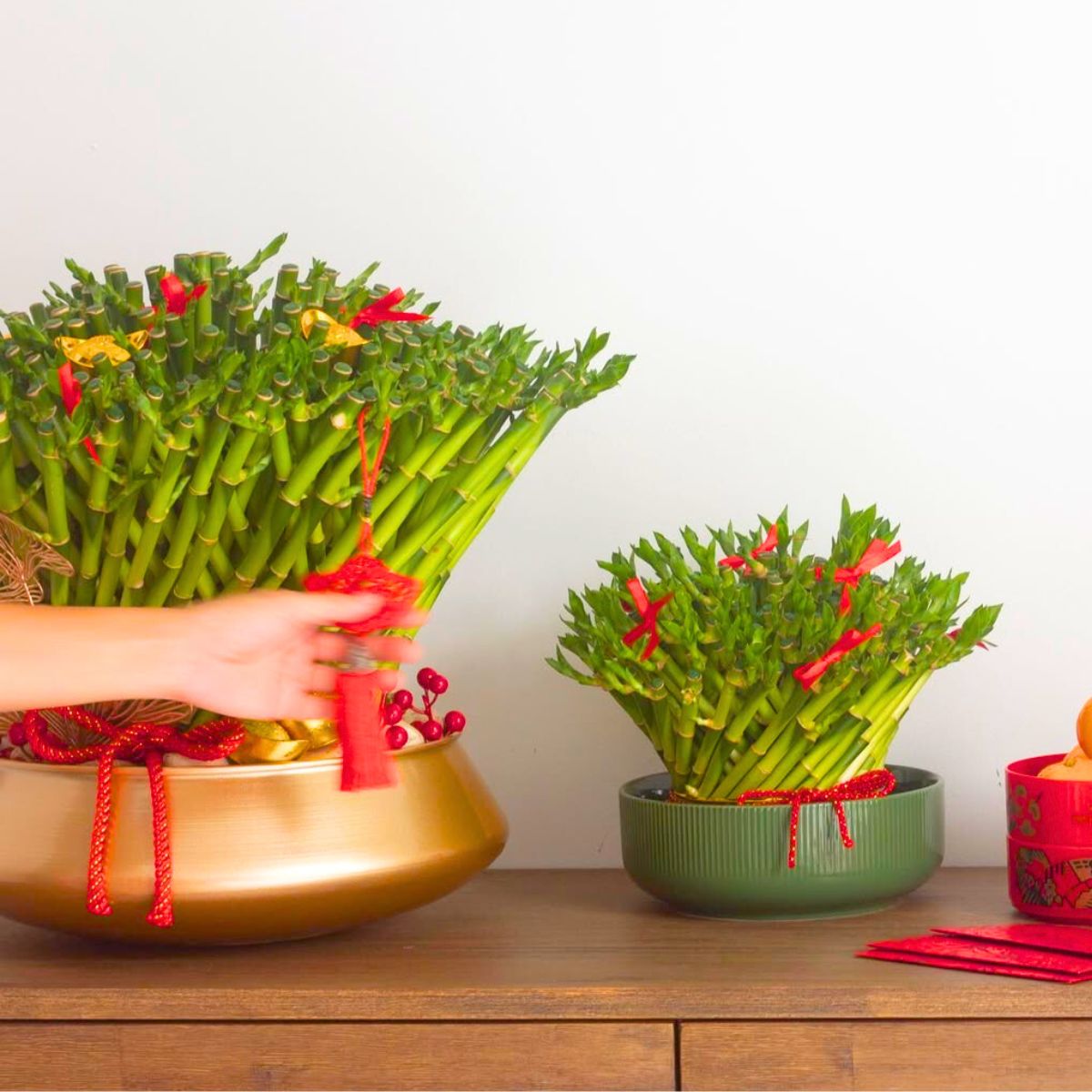
Photo: @bloomspace.co
4. Phalaenopsis Orchid - Symbolizing Elegance and Rejuvenation
Phalaenopsis orchids, or ‘Húdié lán,’ represent happiness, vitality, and longevity in Chinese culture. Their butterfly-like petals symbolize beauty and freedom. In feng shui, they're known to enhance 'chi,' promoting health. Their long-lasting blooms signify joy and improve indoor air quality, embodying renewal and rejuvenation. With varied colors, these orchids are celebrated for their decorative appeal and symbolic depth.
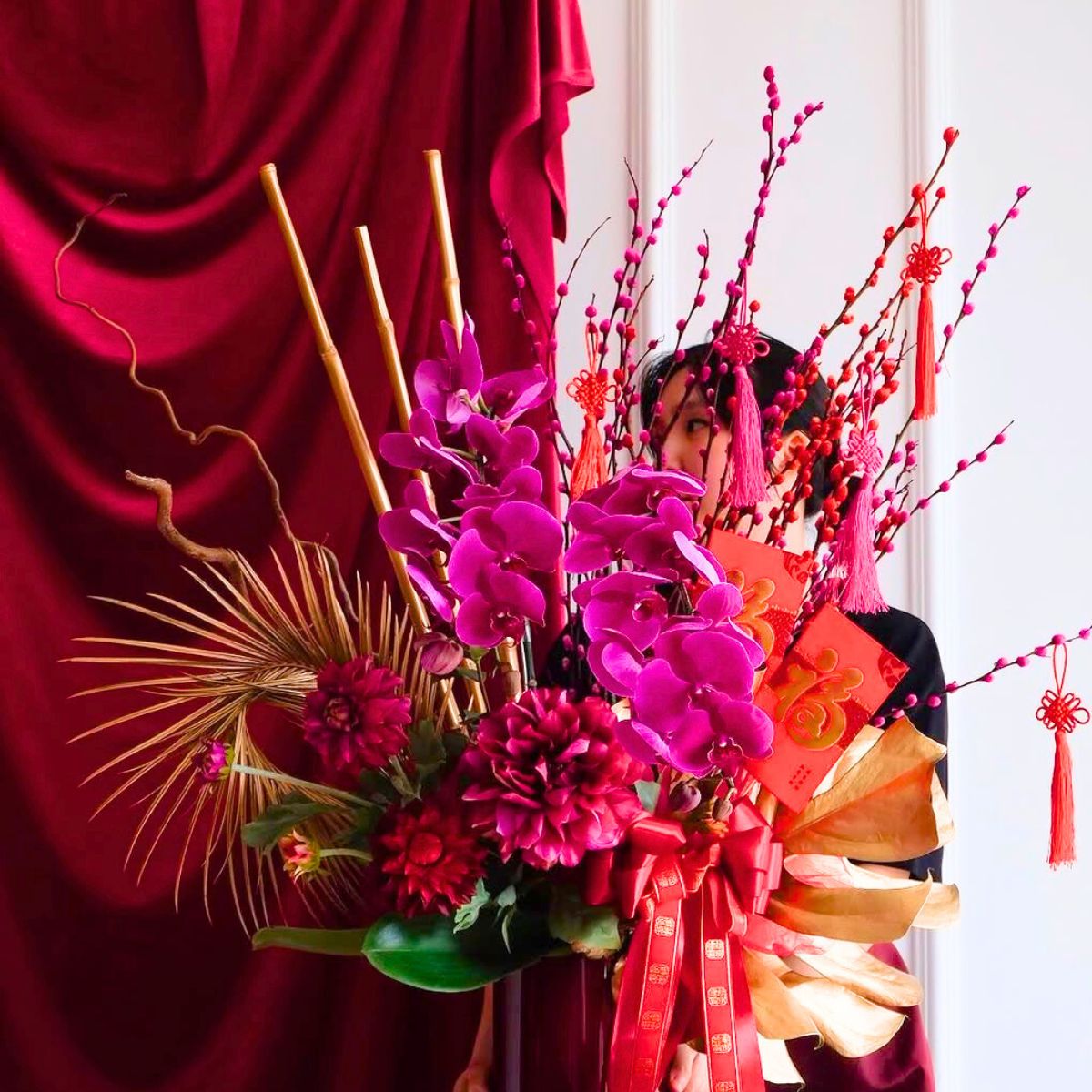
5. Pussy Willow - Furry Buds Signaling Spring’s Arrival
The pussy willow, a cherished Lunar New Year symbol, signifies spring's renewal and hope in Chinese culture. Its silver-grey catkins, blooming with the spring, bring rejuvenation and harmony, which is essential in feng shui for balancing Yin and Yang. Displayed in living areas, pussy willows attract fortune and joy, symbolizing prosperity and growth, making them a visually appealing and promising addition to Lunar New Year celebrations.
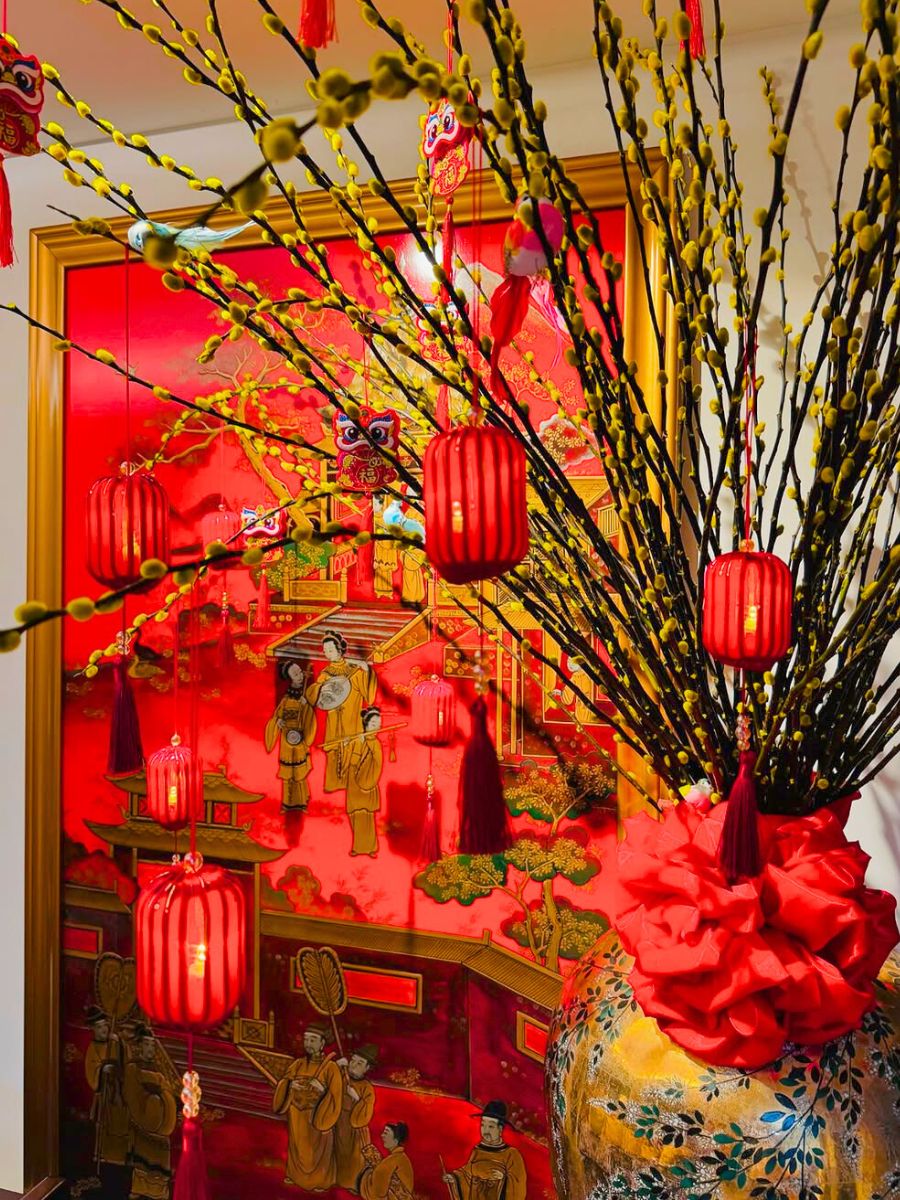
6. Tangerine or Kumquat Tree - Fruitful Harbingers of Wealth
Tangerine and Kumquat trees, revered during the Lunar New Year, symbolize abundant wealth and good luck in Chinese culture. Their golden fruits invite financial success and positive energy, especially when placed at entrances, as per feng shui. Essential for prosperity in homes and offices, these trees represent a fortune-filled year, embodying the Lunar New Year spirit.
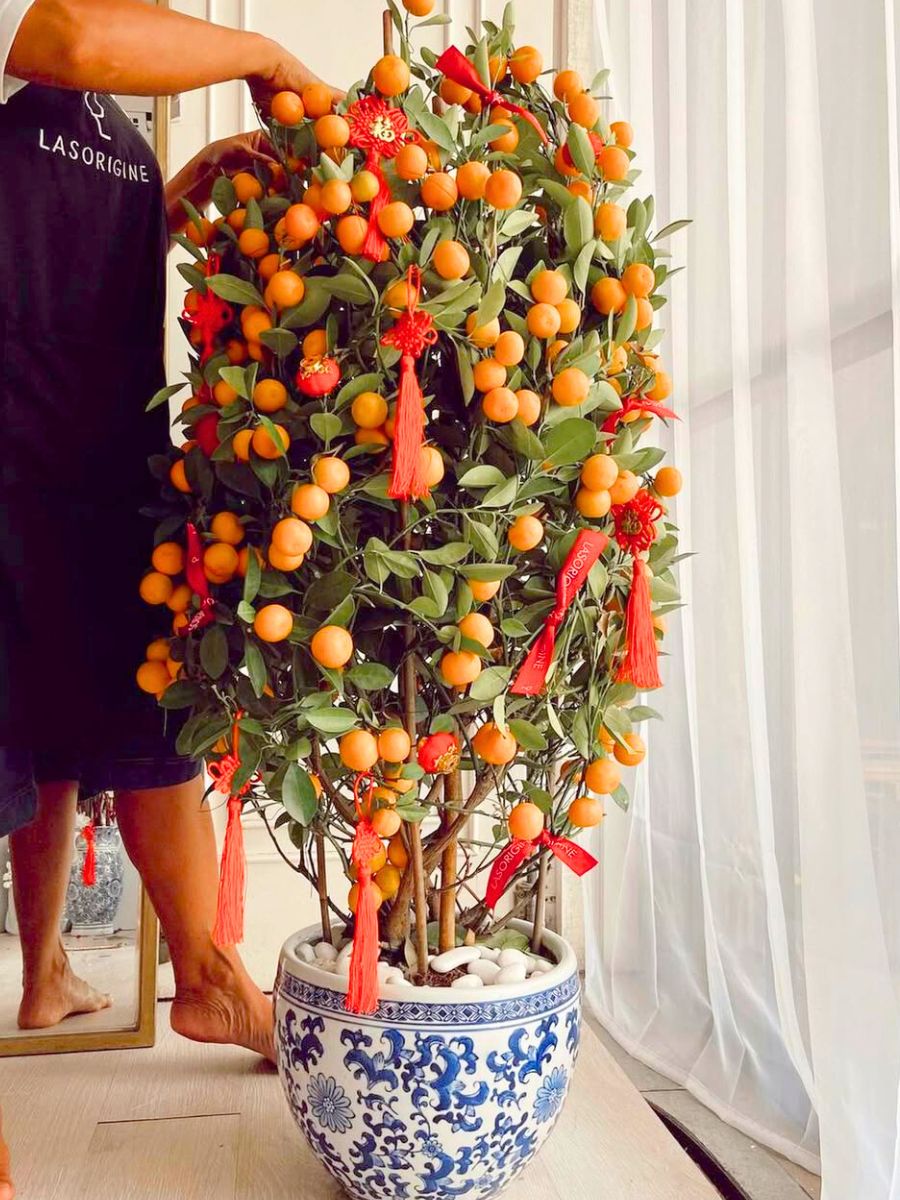
Photo: @lasorigine
7. Dendrobium - The Noble Orchid of Resilience and Harmony
Dendrobium, a genus in the vast orchid family, stands out for its nobility. In Chinese culture, these orchids are admired for their resilience and ability to bloom in diverse conditions, symbolizing unyielding strength and harmony.
Dendrobium's delicate yet robust nature makes it a metaphor for enduring challenges while maintaining grace and beauty. Dendrobiums are admired for their aesthetic appeal and revered for their representation of fortitude and balance in life. Their presence in Chinese New Year celebrations brings a message of hope and steadfastness in the face of life’s fluctuations.
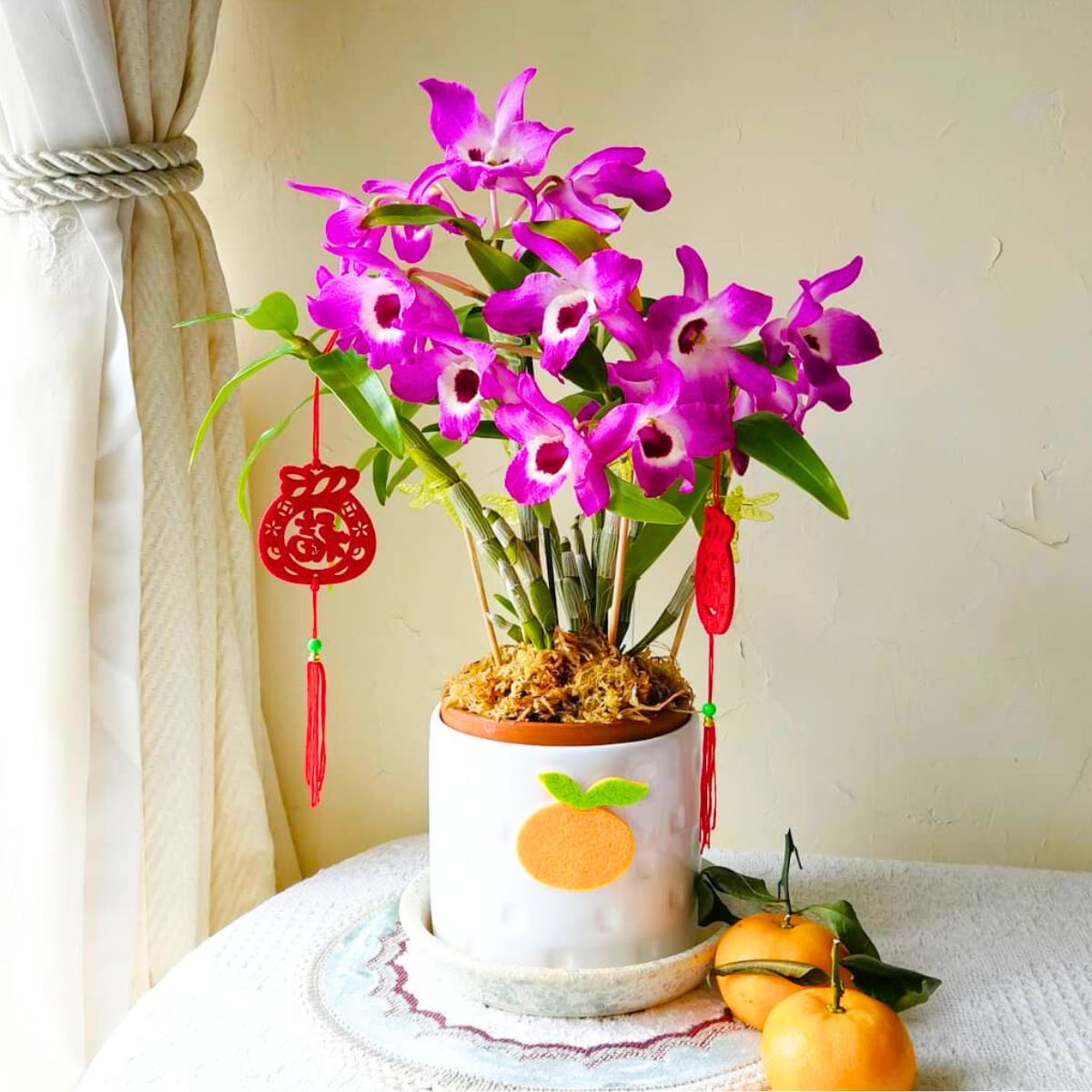
Photo: @myorchiddiaries
8. Forsythia - The Golden Herald of Anticipation and Joy
With its bright yellow blossoms, Forsythia is a flowering branch of spring and a symbol of anticipation and joy in Chinese culture. These golden blooms burst forth even before the leaves appear, representing anticipation and the promise of good things to come.
In the Chinese New Year context, Forsythia’s early blooming is seen as a proactive ushering in positivity and happiness for the year ahead. It’s a beacon of optimism, encouraging people to look forward with hope and enthusiasm; its inclusion in New Year’s arrangements brings bright, cheerful energy, setting a tone of joy and expectations for the coming year.
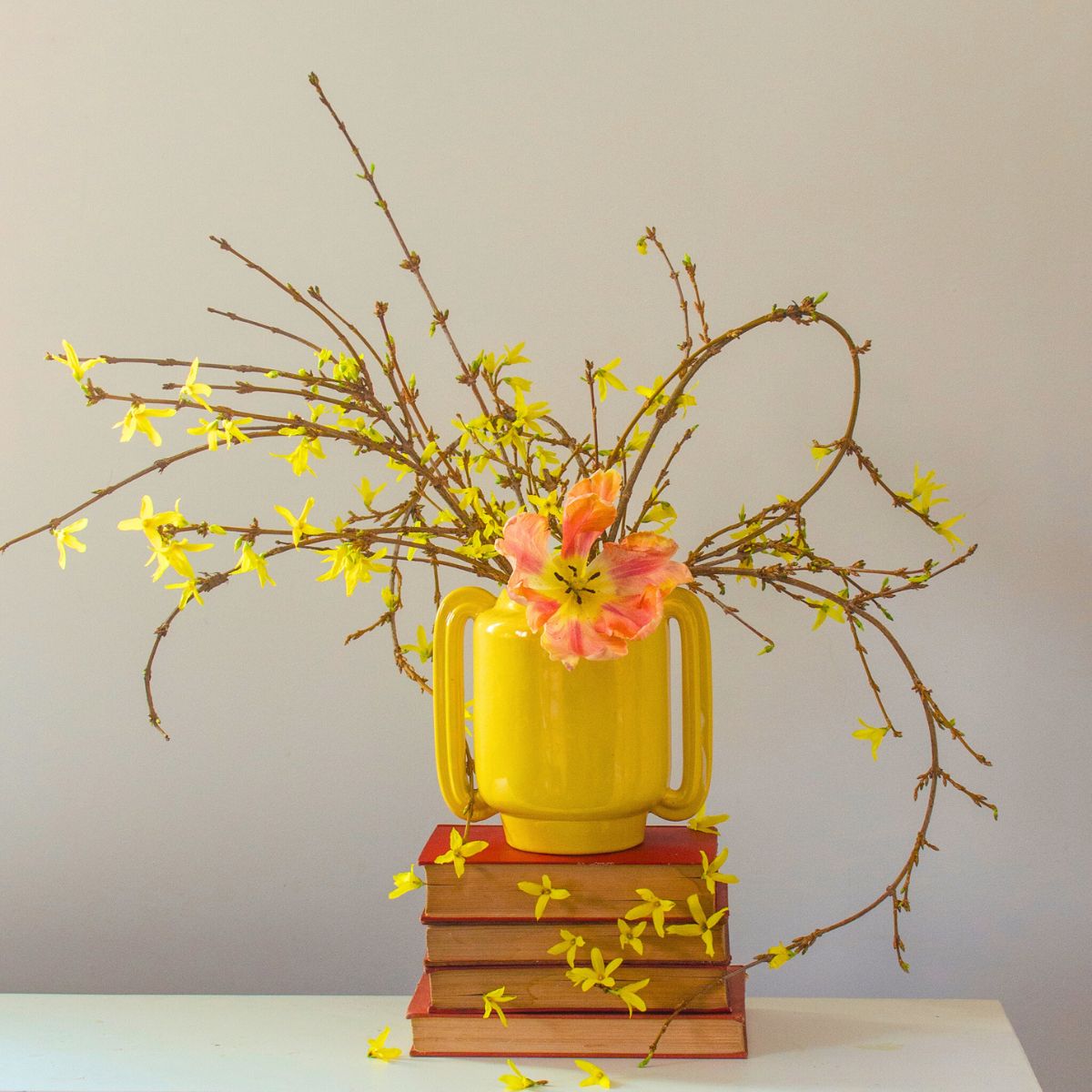
Photo and product by: Continental Floral Greens
9. Oncidium Orchids - The Golden Dance of Prosperity
Oncidium orchids, known as ‘Dancing Ladies,’ symbolize Chinese New Year for their gold coin-like yellow petals, representing wealth. They signify fertility and abundance, adding vitality to spaces. Besides being visually amazing to look at, these orchids are mood uplifters and stress reducers. Their bright presence and growth symbolism align perfectly with the renewal spirit of the Chinese New Year.
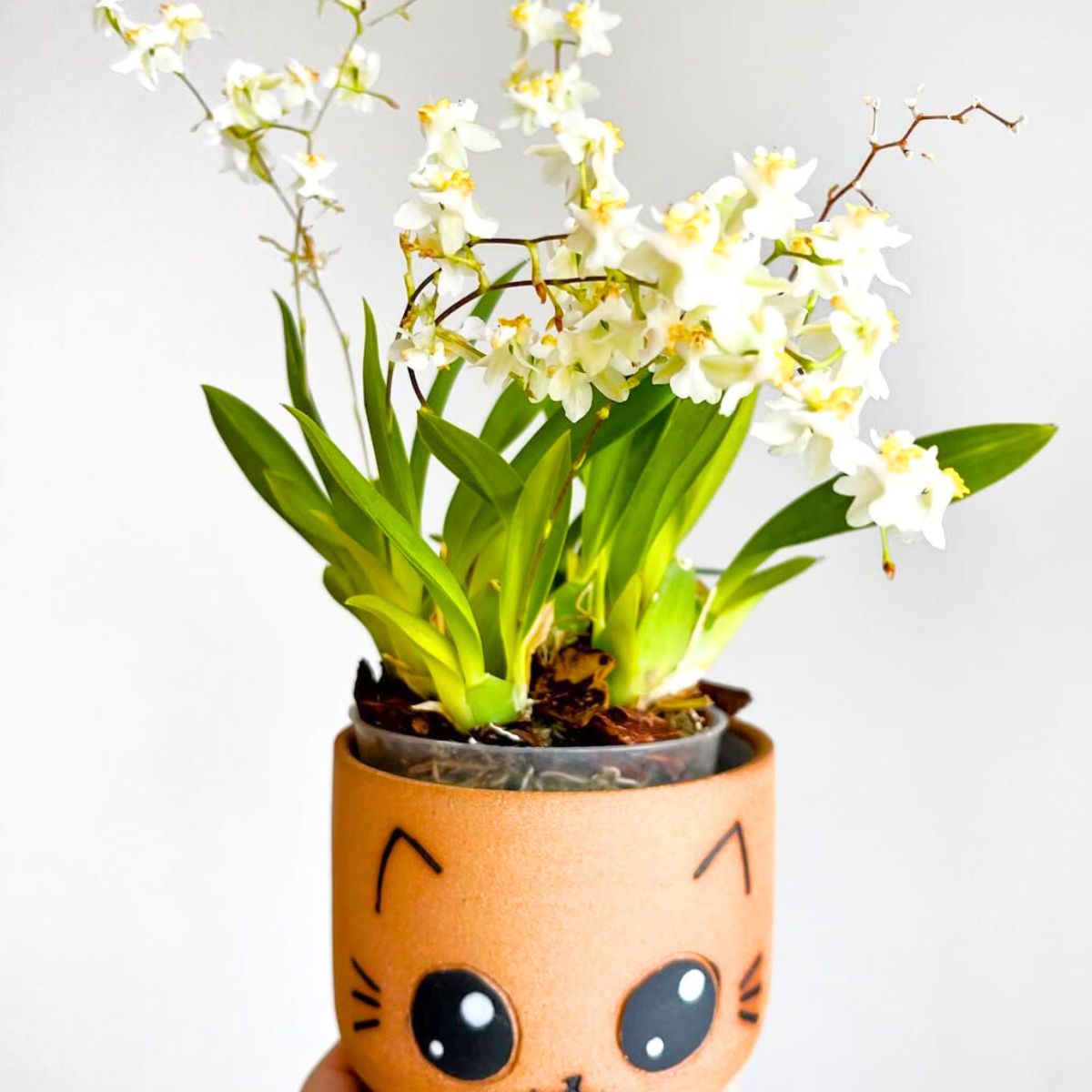
10. Ilex Add The Perfect Decor Touch to Chinese New Year Arrangements
Ilex, often referred to as winterberry, is a popular addition to Chinese New Year decorations due to its bright red berries, which are considered highly auspicious. The red color aligns with the festive theme of the holiday, symbolizing good luck, happiness, and protection against negative energy.
In floral arrangements, Ilex is typically paired with other traditional elements like orchids, plum blossoms, or lucky bamboo to create vibrant displays that embody abundance and prosperity. Its sturdy branches and long-lasting berries also make it a practical choice for adding height and visual interest to decorations, ensuring that homes and spaces exude festive cheer throughout the celebrations.
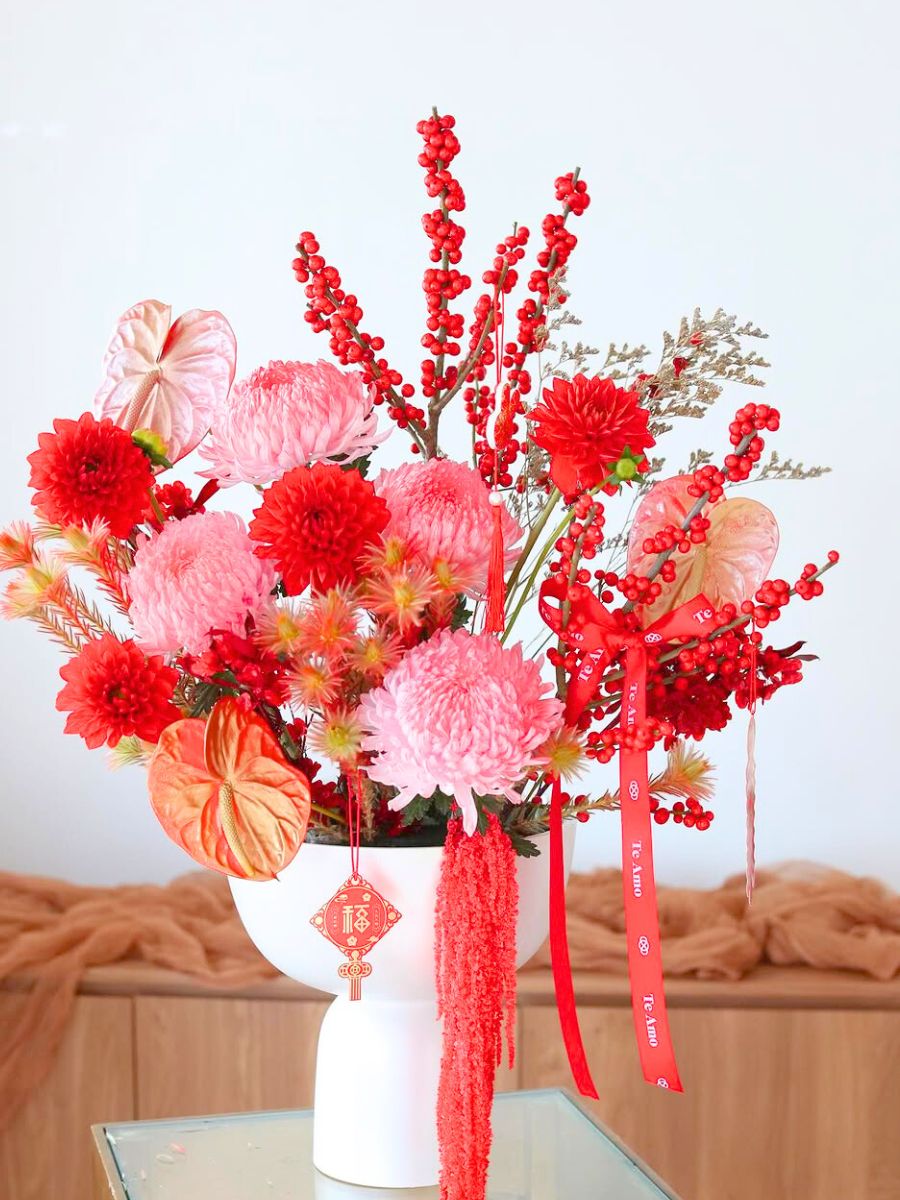
Top quality Ilex is supplied by Radical Wonders.
Feng Shui - In Harmony With Nature
As people usher in the Chinese New Year, integrating these auspicious plants and flowers into our homes isn’t just about aesthetics but about strategically placing them per feng shui to maximize their beneficial energies. Feng shui, an ancient Chinese art, emphasizes harmony between individuals and their environment, and this is particularly significant during Chinese New Year.
According to feng shui principles, the strategic placement of certain plants can enhance positive energy flow, or ‘qi,’ bringing success, health, and balance into our lives.
Chrysanthemums, symbolizing longevity and wealth, are best placed in the living rooms or near the front entrance, ideally in the east sector, to attract good health and balance family dynamics. Similarly, place lucky bamboo in the easter sector of your home for a boost in health and strength. Place the jade plants - the emblem of richness in the southeastern part of your home, the zone of wealth in feng shui.
Orchids, especially the Oncidium, and Phalaenopsis, are best placed in the bedroom or study, as they are believed to enhance relationships and scholarly pursuits.
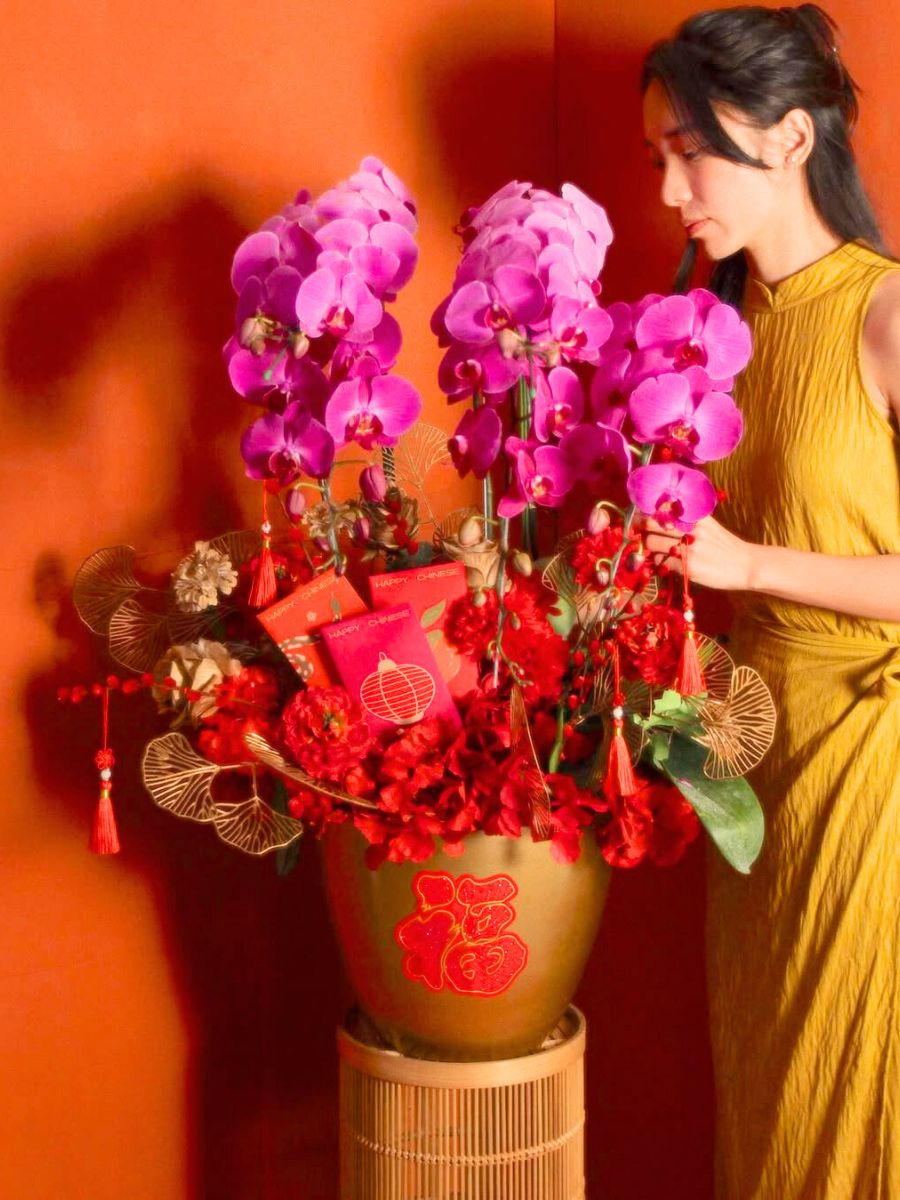
The Role of Colors and Elements
In feng shui, colors and elements play a crucial role. For instance, red flowers like the Flamingo Lily should be placed in the south to activate fame and recognition. In contrast, gold and yellow flowers like oncidium orchids are best in the northeast to foster education and wisdom.
Remember, feng shui is all about balance. Avoid overcrowding a space with too many plants, creating a cluttered and stagnant energy flow. Also, ensure the plants are healthy and well-cared for, as wilted or dead plants can attract negative energy.
A Green Thumb for Good Fortune - Nurturing Your Lucky Plants
Caring for lucky plants and flowers like the ones mentioned above involves nurturing their positive energy. Each plant requires specific care. While the Jade and money plants need dry periods between waterings, the Flamingo Lily prefers consistently moist soil.
Lucky bamboo, pussy willow, and Phalaenopsis orchids thrive in indirect light, whereas chrysanthemums and orchids favor brighter spots but not direct sunlight. Regular pruning is essential for healthy growth, and soil choice is crucial—well-draining soil is best for Tangerine or kumquat trees to avoid root rot.
Fertilizing peonies during their growing season enhances their lush blooms, embodying the excitement of the Chinese New Year. Remember, plants respond to care and attention. Regularly spending time with your plants, talking to them, or even playing music can promote growth and vitality. It’s a beautiful cycle of nurturing and being nurtured.
Welcoming the Lunar New Year With Nature’s Gifts
The Chinese New Year wouldn’t feel complete without Chrysanthemums, orchids, and lucky bamboo plants. These plants and flowers reflect themes of vitality, well-being, and progress that are deeply woven into tradition.
Welcoming these plants into your home during the festivities is a meaningful way to honor age-old customs and set intentions for good fortune and growth in the year ahead. Wishing you a prosperous and joyful Chinese New Year!
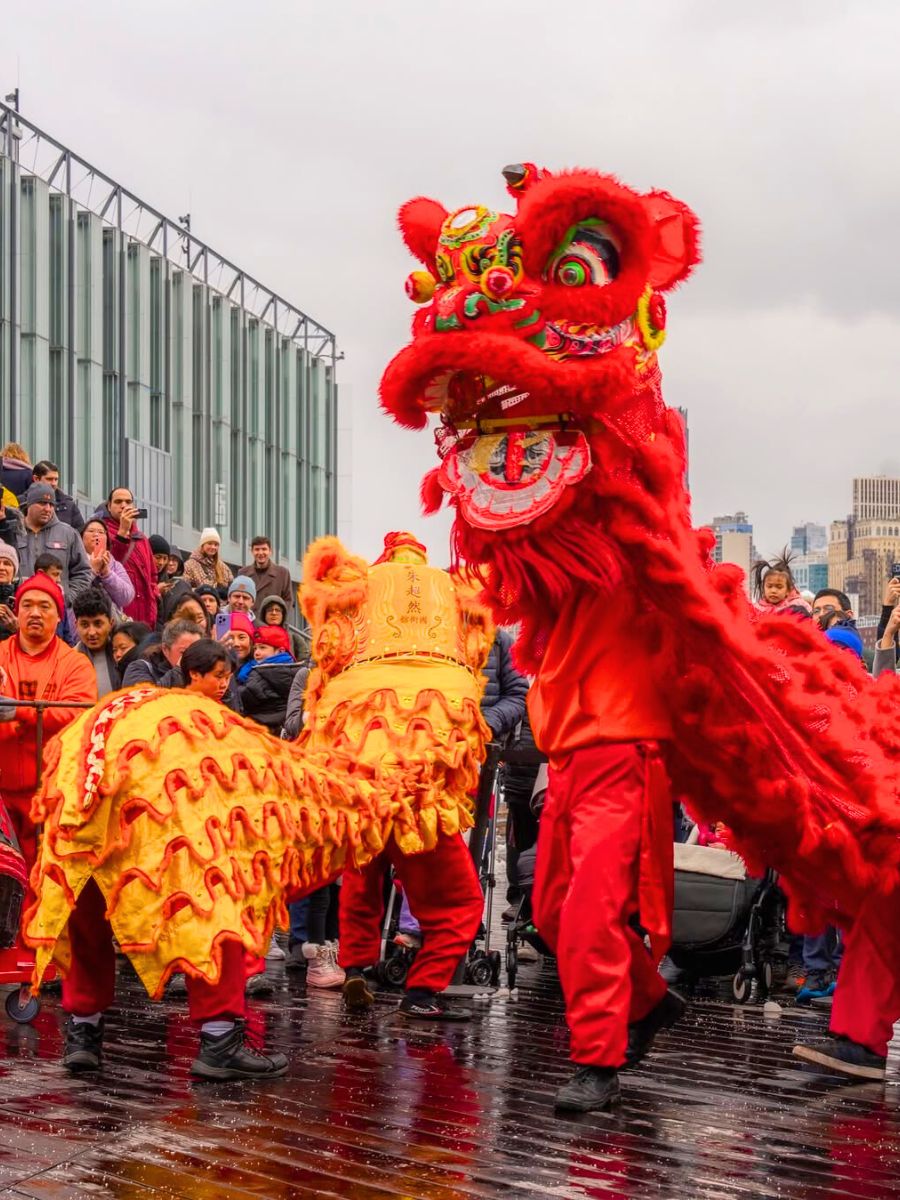
Photo: @theseaportnyc
NOTE: The information is based on traditional feng shui practices and general plant care guidelines. It’s always best to connect with a horticultural expert or a feng shui practitioner for specific care instructions.
References:
- Li, X., and Wang, Y. (2019). “The Symbolism of Plants and Flowers in Chinese Culture - An Overview”. Journal of Cultural Heritage Studies. 12 (3). 45-60.
- Zhang, H. and Liu, Q. (2021). “Floral Symbolism in the Chinese Lunar New Year - A Cultural and Historical Examination”. Asian Cultural Studies. 34(2). 112-129.
- Smith, D. and Pitt, M. “The Role of Indoor Plants in Removing VOCs - A Review”. Journal of Environmental Horticulture, 2021.
- Lee, F. (2019). “Feng Shui and Plants - Understanding the Harmony”. Journal of Traditional Chinese Architecture Studies.
- Lee, S.H., & Chang, K. S. (2018). “Crassula Ovata Growth and Feng Shui.” Journal of Horticultural Science and Biotechnology. 93(3). 288-295.
- Wong, L. T. & Lau, S.S. (2017). Eprepremnum aureum and Indoor Air Quality.” Indoor and Built Environment. 26(4), 567-572.
- Chin, L. & Ng, S. T. (2016). “The role of plants in the interior environment - A study in Feng Shui.” Journal of Asian Architecture and Building Engineering. 15(3). 487-494.
- Lewis, A. (2015). “The Influence of Floral Presence on Human Psychological Health.” Journal of Environmental Psychology, 42. 35-43.
- Wong, S.Y., and Kim, Y.Y. “Pitcher Plants: Unusual Allies in Wealth Attraction.” Botanical Studies. 2023

